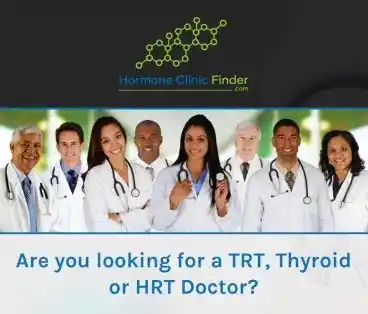madman
Super Moderator
Abstract
Oestradiol (E2), a steroid hormone derived from cholesterol, has long been recognized for its central role in female reproduction and pathobiology of menopause. However, accumulating evidence underscores a critical role for E2 in the regulation of systemic metabolism in both women and men. The metabolic actions of E2 are predominantly mediated by oestrogen receptor α (encoded by ESR1), a nuclear receptor with heritable expresion patterns and tissue-specifc transcript levels highly correlated with indices of metabolic health in both sexes. Here we provide an overview of the cell-specifc actions of E2 and its receptors (α and β) in modulating key metabolic pathways. We contextualize these mechanistic preclinical studie swith epidemiological data linking the menopausal transition to a marked rise of metabolic disease risk and provide evidence that E2 replacement mitigates this risk by preserving metabolic health.
Discovery of oestrogens and oestrogen receptors
Oestrogens act within a narrow concentration range for maximal biological efficacy; thus, integration of rates of oestradiol production by ovarian and extragonadal sources with rates of degradation is critical for the maintenance of metabolic health.
Oestrogens are lipophilic and pass freely through membranes, exerting biological action predominantly by nucleocytoplasmic α and β forms of the receptor (encoded by distinct genes ESR1 (ref. 36) and ESR2 (ref. 37), respectively). The α form of the receptor is expressed at markedly higher levels than β and is shown to possess higher ligand affinity and downstream biological action for most metabolic cell types. ERs have six domains, A–F (Fig. 2a), each exerting unique elements of ER biology and cellular action38–40. ESR1 includes eight exons that encode a 66-kDa full-length protein (Fig. 2a) 41.
Oestradiol action by genomic versus nongenomic, receptor-dependent and receptor-independent mechanisms
.An abundance of data shows that genomic actions of E2-ERα are required for the maintenance of mitochondrial function, metabolic health and insulin sensitivity42,51–55
Physiological actions of oestradiol in metabolic tissues
Ovariectomized and Esr1 null mice
* Brain
* Cardiac tissue
* Liver
* Skeletal muscle
* Pancreatic β-cells
* Brown adipose tissue
* White adipose tissue
* Inate immune cells
Oestradiol action, menopausal hormone treatment and metabolic-related disease
Future directions and concluding remarks
Although oestradiol and ERs were discovered early in defining the nuclear receptor superfamily, we are still limited in our understanding of the mechanisms governing oestradiol action in metabolic cell types. Over the past decade, research has focused on understanding the tissue contributions of Esr1 and E2 action on whole-animal physiology, as well as the molecular actions of the receptor, including delineation of ERα-driven transcriptional, proteomic and metabolomic signatures that arise under a variety of challenges, for example oestradiol modulation, ageing, caloric restriction, overnutrition and exercise. Moving forward, it will be important to discern the relative control of oestradiol over metabolism by genomic, nongenomic and nonreceptor-mediated action; however, these studies will require innovative scientific tools for improved interrogation. Additionally careful consideration of effective oestradiol and receptor dosing, as well as timing of ligand–receptor manipulation should be employed (for example, phenotypic differences observed between conventional versus conditional KO models with gene manipulation occurring during development and adulthood). Studies to identify signals for cytosolic localization and protein binding partners of ERα, as well as whether ERα interacts with mitochondrial membranes (outer mitochondrial membrane or internal cristae) are sorely needed, especially in light of the recent observation from the Molecular Transducers of Physical Activity consortium that oestrogen action is a top tissue-conserved pathway (six metabolic tissues studied) differentially expressed following exercise intervention115. Considering that physical activity is a proven strategy for combating metabolic dysfunction, understanding the role of oestradiol/ERα in mediating the health benefits of physical activity seems prudent. These studies reinforce the notion that more robust basic science must be conducted to guide the rational design of new therapeutics targeting ERs in the pre/peri- and postmenopausal life phases. Moreover, improved representation of women in all clinical trials is needed so that studies are adequately powered to evaluate sex-specific differences in disease progression and pathobiology, as well as drug efficacy and safety.














